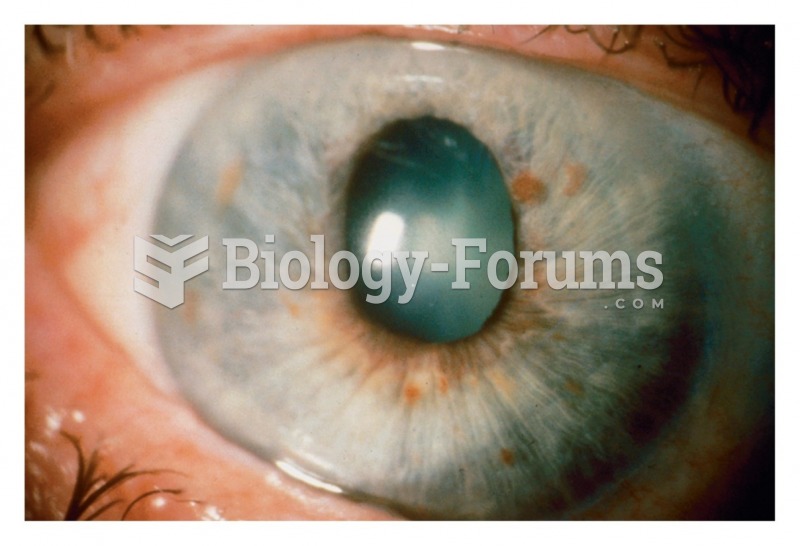Answer to Question 1
Correct Answer: 3
Rationale 1: Local burning and blurred vision are common side effects. However, this response does not provide information to encourage continued use despite the side effects.
Rationale 2: Applying pressure over the lacrimal duct can help reduce the risk of systemic absorption but does not address the burning or blurry vision.
Rationale 3: This answer emphasizes the need to continue to use the eyedrops despite the burning that occurs temporarily.
Rationale 4: Because burning and blurring vision are the most common side effects, it is not necessary to contact the ophthalmologist at this point.
Global Rationale: The nurse should emphasize the need to continue to use the eyedrops despite the burning. It is not enough to just acknowledge the fact that burning can occur with these drops. Applying pressure over the lacrimal duct can help reduce the risk of systemic absorption but does not address the burning or blurry vision. Because burning and blurring vision are the most common side effects, it is not necessary to contact the ophthalmologist at this point.
Answer to Question 2
Correct Answer: 4
Rationale 1: Prostaglandin analogs lower intraocular pressure by increasing the flow of aqueous humor.
Rationale 2: Prostaglandins increase the growth and pigmentation of the eyelashes.
Rationale 3: A harmless brown discoloration can occur with prostaglandin agents used for glaucoma. Stopping the medication will prevent further discoloration, but the existing color changes usually do not regress.
Rationale 4: Prostaglandins have fewer adverse effects than do beta blockers and do not require monitoring of blood pressure or pulse.
Global Rationale: Prostaglandins have fewer adverse effects than do beta blockers and do not require monitoring of blood pressure or pulse. Prostaglandin analogs lower intraocular pressure by increasing the flow of aqueous humor. They may increase the growth and pigmentation of the eyelashes. A harmless brown discoloration can occur with prostaglandin agents used for glaucoma. Stopping the medication will prevent further discoloration, but the existing color changes usually do not regress.







